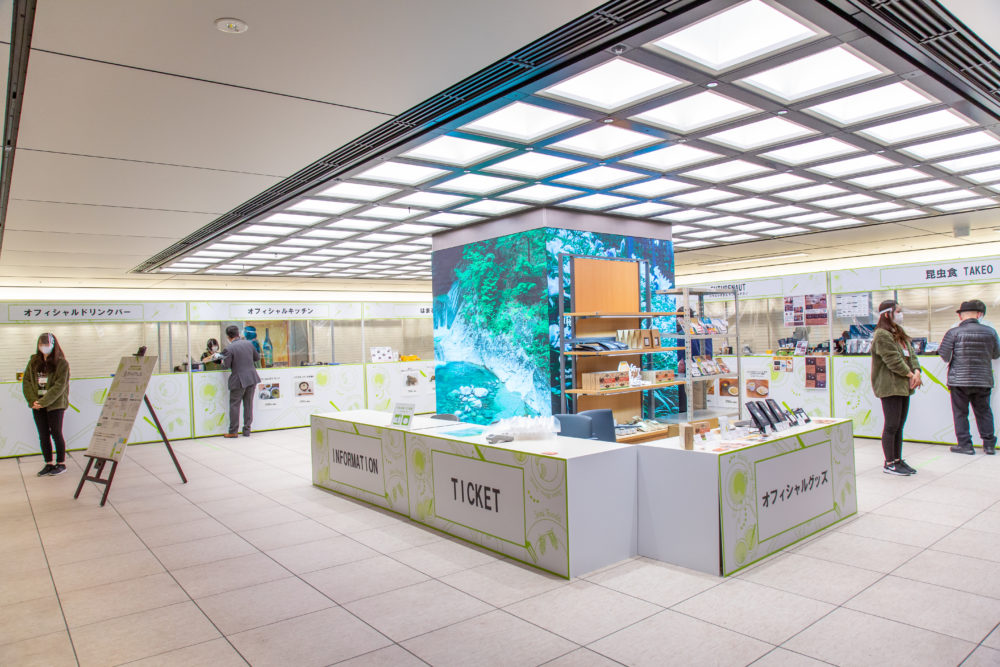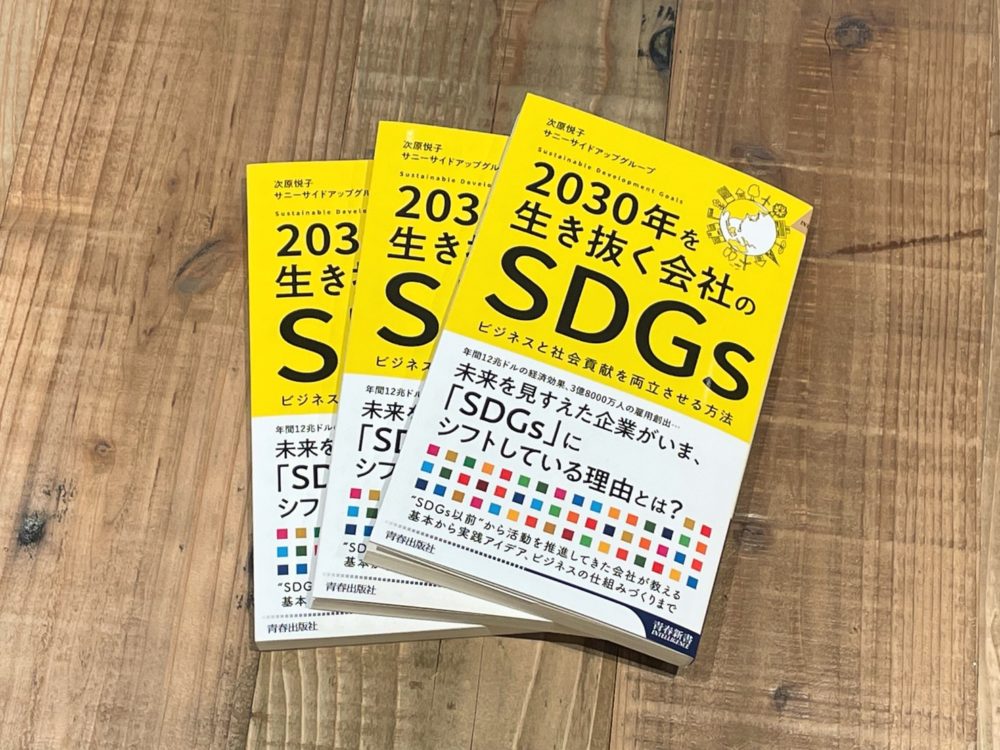Environment, Gender, Education… Reporting and analyzing the now focused, SDG’s Initiatives|SDGs Series – Part 2
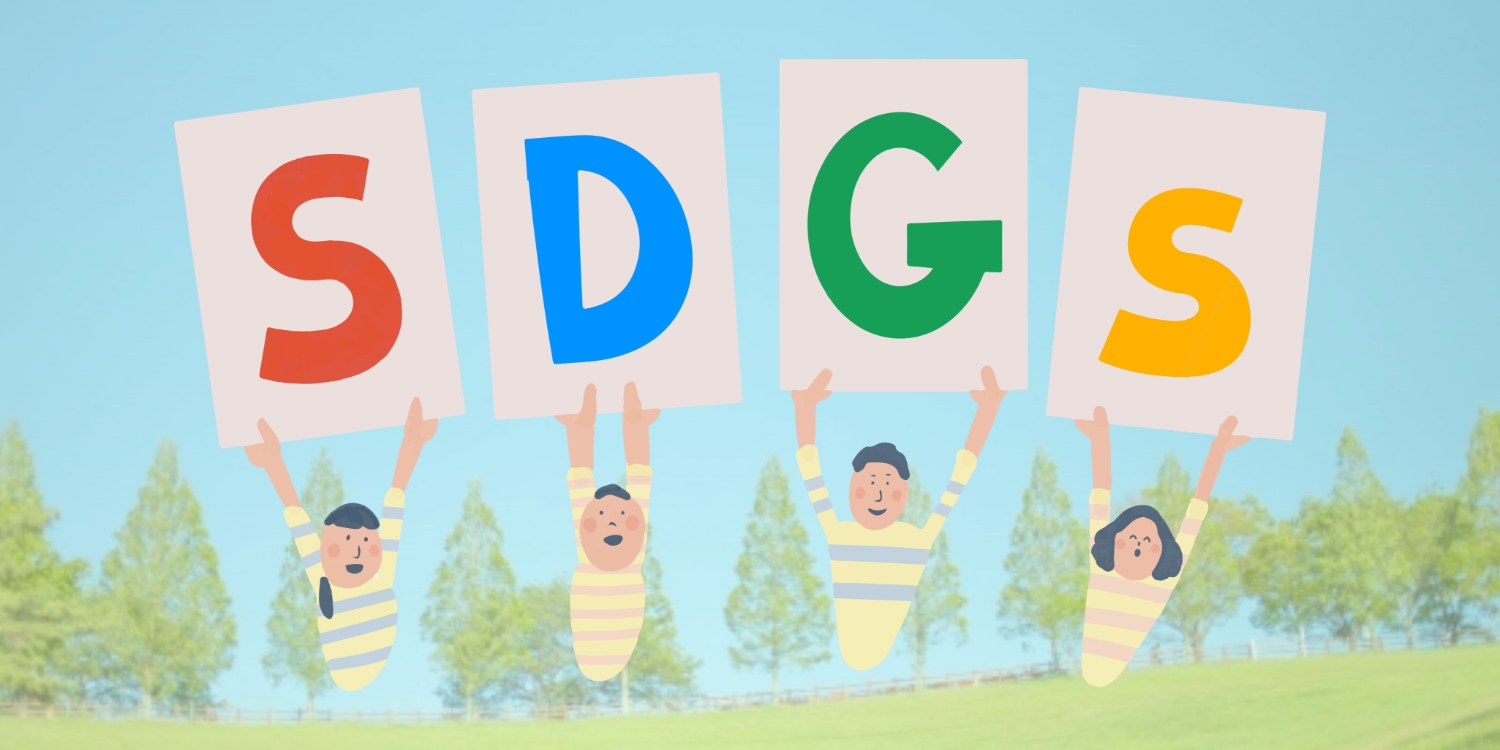
Hello! I’m Yurika Mizutani, 2nd year in Division 3(Sports), Public Relations Department!
This is the second installment of the SDGs series by the SDGs PR Strategy Team.
With less than 10 years left to achieve the SDGs, which aim to achieve a sustainable and better world by 2030, I was wondering what I could do to help companies and organizations working on the SDGs in their PR activities. This team was formed mainly by volunteer members from the three bureaus who have worked on SDG-related projects.
Since its formation in July 2009, the team has been deepening its input on the SDGs from a PR perspective, sharing information on companies working on the SDGs, and discussing communication strategies to gain exposure.
This time, we would like to think about the SDGs that the media is currently paying attention to, based on the “SDGs Press Analysis” compiled mainly by the members of the Media Unit, who are engaged in daily promotional activities with the media!
Click below to read Part 0 and Part 1 of the SDGs series.
Part 0: Changing the World with “Fun and Games”? Introducing the SUNNY SIDE UP GROUP’s social good activities! |SDGs Series – Part 0
The Nippon Foundation conducted a survey on attitudes toward diversity and inclusion.
■The number of media covering the SDGs is increasing every year!
As you all know, the SDGs have been featured in mass media such as TV and newspapers in recent years, and it is no exaggeration to say that “not a day goes by without seeing or hearing news related to the SDGs.”
In fact, a check of the media search tool we use in our company shows that in the two years since December 2019, the number of SDG – related news stories on TV has increased significantly.

In particular, focusing on spring and fall, when momentum for the SDGs is growing, we can see that media companies are very interested in the SDGs, with the volume of coverage in 2021 being nearly three times that of the previous year.
The reason for the high coverage in spring and fall can be attributed to the timing of major features during the cool season, the week including September 25 when the SDGs were adopted being SDGs Week (Global Goals Week), Earth Day (April 22 every year), and Rainbow Week (April or May every year), as well as the influence of the SDGs. The impact of these events may be considered.
We also compared the number of newspaper articles in which the keyword “SDGs” appeared with those of five years ago, and found that the number had increased by a whopping 37 times in national newspapers!
This indicates that companies are actively working on SDG measures and are paying attention to each other’s trends. It is also noteworthy that, as ESG investment, which emphasizes companies that consider the environment, society, and corporate governance, has become more popular, the SDGs are now generally treated not only as social news but also as economic news.
*ESG investment refers to investment that takes into account environmental (Environment), social (Social), and governance (Governance) factors in addition to conventional financial information.
Source: Ministry of Economy, Trade and Industry Website
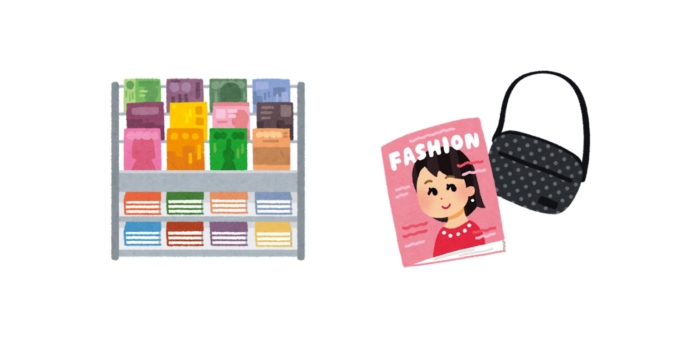
Magazines such as FRaU (Kodansha) and Hanako (Magazine House) have repeatedly featured the SDGs, and official websites of fashion magazines as well as web news sites have newly established SDG tabs and sections. Specialized media outlets dedicated to ethical consumption and the SDGs have also sprung up one after another. (SUNNY SIDE UP’s SDGs MAGAZINE is also actively updating its articles on the SDGs!)
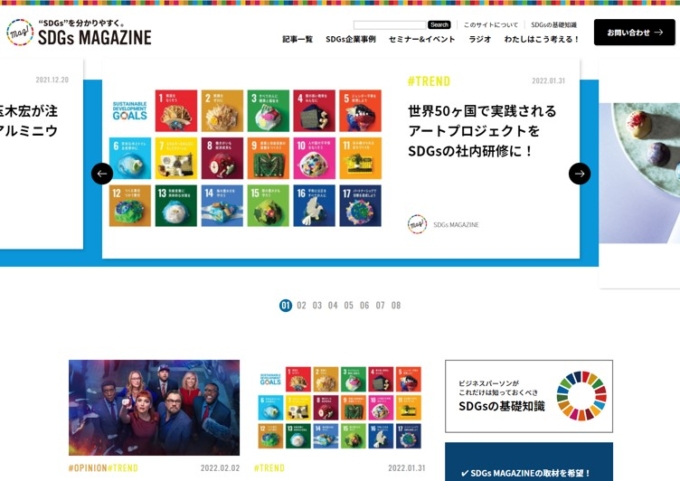
■TV is also starting to run special programs on SDGs across its programs!
TBS, a pioneer in the SDGs, has launched a campaign titled “Week to Make the Earth Smile” in November 2020, April 2021, and November 2021. The campaign will be aired on “THE TIME,” “Hiruobi!,” and other news programs covering the SDGs and other initiatives undertaken around the world and in Japan.
The third campaign in the fall of 2009 was themed “Let’s try the SDGs,” encouraging viewers to make the SDGs “their own business” and work together to solve them, focusing on familiar themes and initiatives such as food loss, waste separation and recycling, plastic-free, gender, diversity, and other products that viewers can immediately put into practice.
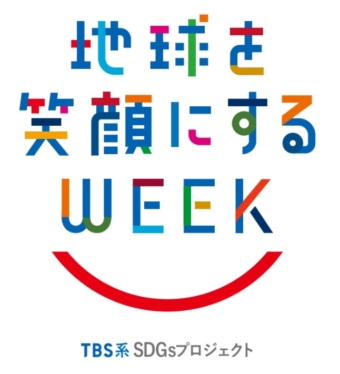
Reference: http://www.tbs.co.jp/SDGs_week/
In March 2021, Fuji TV will hold the “SDGs Action Week,” and in September 2021, in conjunction with SDGs Week, “Action SDGs Week” will be held in cooperation with BS Fuji inc., Nippon Broadcasting System, and Sankei Shimbun Co. Ltd., to promote the SDGs. In addition to covering SDG-related news on TV information programs, the campaign has been expanded in various ways, including online articles, the LGBT-themed “Surrogacy,” and the dramatization of “The Wooden Straw,” which tells the true story of the development and realization of the world’s first “wooden straw.” The company is also involved in a variety of other projects.


Reference: https://www.fujimediahd.co.jp/sdgs/enjoyaction_sdgs/
■Points most likely to be covered by the media
An analysis of each company’s exposure case studies reveals that the three initiatives most likely to attract media attention are “Environment,” “Gender Minority”, and “Education”.
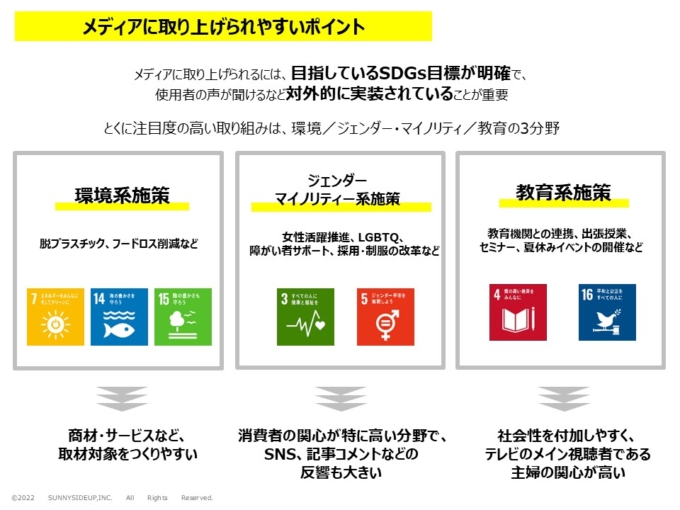
The “environment” category mainly includes initiatives that fall under SDG 13. “Specific measures to address climate change,” such as apparel companies changing the materials they use to sustainable ones, food manufacturers changing the packaging of their products from plastic to paper, and other initiatives to reduce environmental impact through de-plasticization, food loss reduction, etc., mainly by ToC companies.
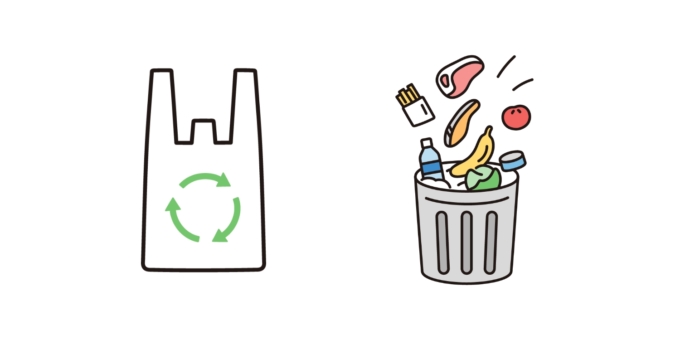
“Gender Minority” is an initiative that falls under SDG 10. “Eliminate inequality among people and countries” and SDG 5. For example, many initiatives related to corporate human resource policies are introduced, such as promotion of women’s activities, LGBTQ, support for people with disabilities, and reforms in hiring and uniforms.

This is an area of particular interest to consumers, and is also characterized by a strong response from social networking sites and article comments. Because of the risk of flaming, care must be taken in the way they are disseminated and expressed.
In addition, education-related measures, such as industry-academia collaboration and events for children, are often used because they easily add a “social” element and area of interest to housewives, who are the main viewers of TV.

Thus, the key to SDG-related initiatives that attract media attention is both a clear SDG goal and external implementation, such as by listening to users’ opinions.
■Beware of “SDG Wash”!
“SDG wash” refers to companies making it look like they are working on the SDGs more than it actually is, without any actual implementation. The term “wash” comes from the term “greenwash,” coined in the 1980s mainly in Europe and the U.S., which was used to criticize companies that pretended to be more environmentally conscious than they actually were.
As the world’s attention to the SDGs has increased, more and more companies are communicating their SDG initiatives both internally and externally. At the same time, it has become commonplace for companies to engage in SDG initiatives, and we are moving into an era in which the relevance to business and the seriousness of the initiatives are being questioned.

In PR and communication of the SDGs, it will be necessary to clarify the concepts and specific visions envisioned and communicate them, rather than just conveying an atmosphere or image.
Catching current trends in the world and creating news is one of the roles required of PR.
The SDGs PR Strategy Team will continue to work on branding and communication strategies with high social value, while keeping a close eye on the SDGs, one of the most important social issues of our time.








